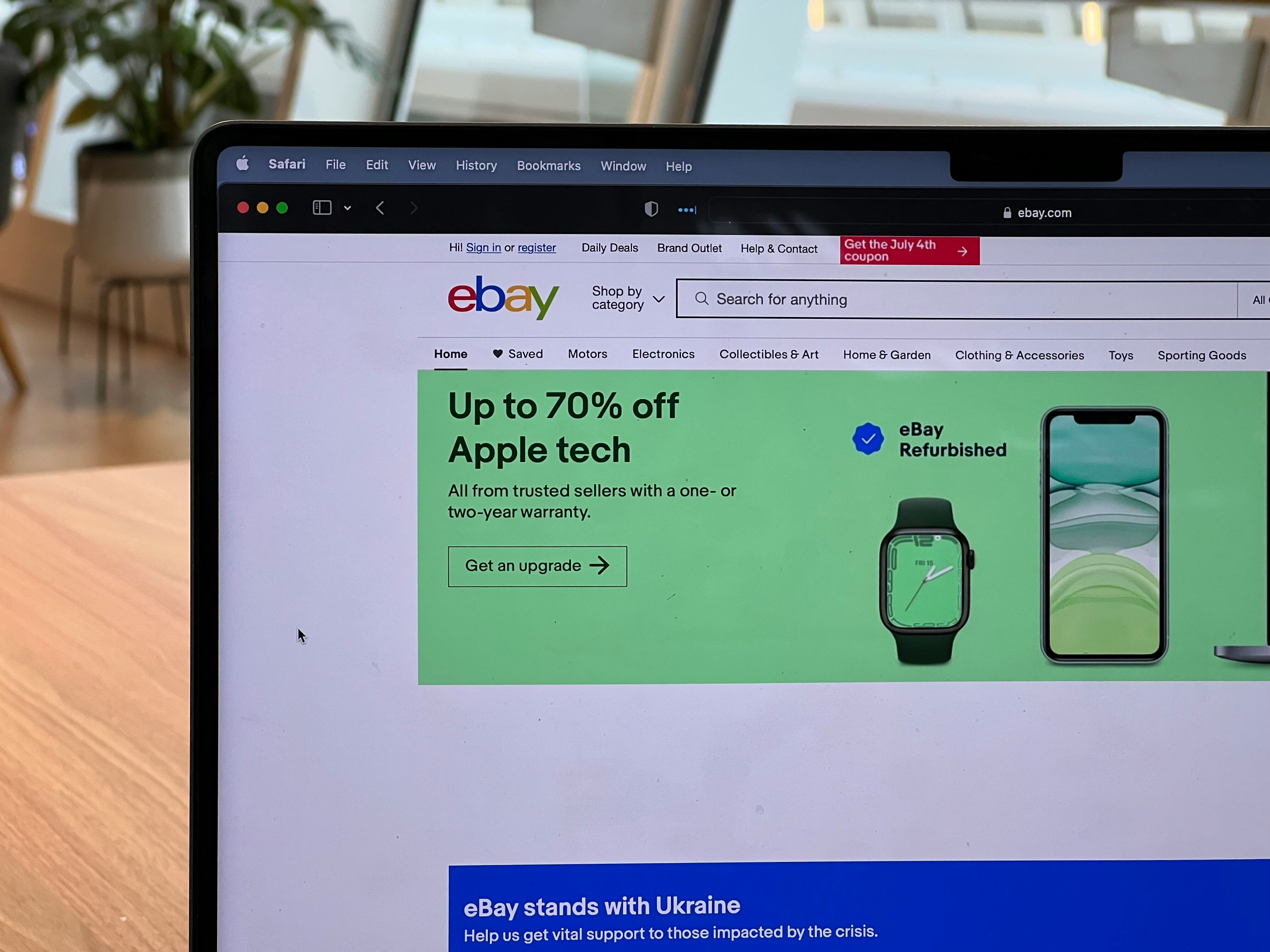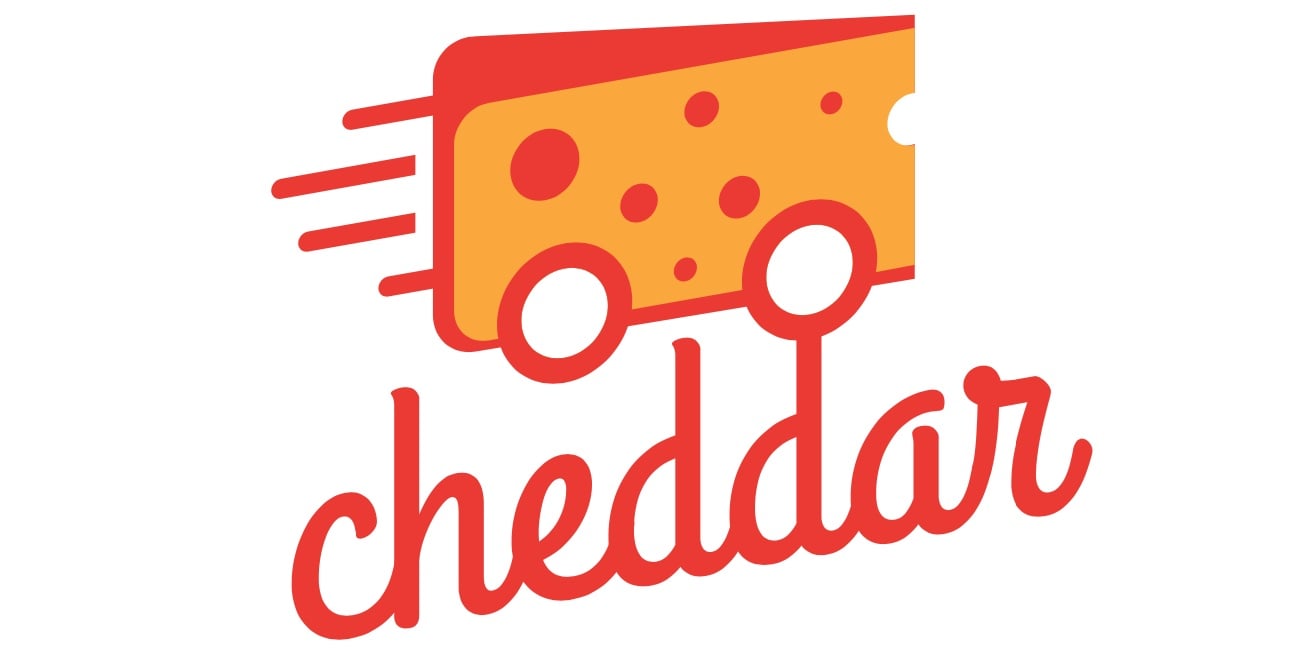
We've all got stuff. Stuff we use, stuff we love, and yeah, stuff we just don't need anymore. But that doesn't mean it's worthless. This is where used stuff for sale websites come in, offering a way to give those pre-loved items a new lease on life (and make a little cash in the process). Maybe you've got a closet full of clothes you haven't worn in years or a garage overflowing with tools gathering dust. Whatever it is, these online platforms can help you find the right buyer and turn your clutter into cash.
Let's be real, sometimes traditional methods like garage sales or consignment shops can be inconvenient. Used stuff for sale websites bring the buyers to you. But with so many different platforms, each with its own set of rules and fees, how do you know which one is right for you? Let's explore some of the biggest players, weighing the pros and cons so you can find the best fit for your needs and turn that forgotten treasure into cash.
The Giants: Where Millions Buy and Sell

There are a couple of undisputed behemoths when it comes to used stuff for sale websites: eBay and Amazon. Both have their unique selling points. However, choosing between these giants comes down to personal preference and what you're looking to sell.
1. eBay: The OG of Online Auctions
eBay practically invented online auctions and still has a loyal following. It boasts a massive 135 million users and over 1.7 billion listings worldwide. From electronics to vintage collectibles, the platform has something for everyone.
One of eBay's strengths is its flexible selling formats. Sellers can choose the classic auction style to spark bidding wars and potentially score higher prices. If you prefer to set a firm price, the "Buy It Now" option is there for you. Plus, eBay's global reach expands your potential customer base, opening doors to a global market.
2. Amazon Marketplace Piggyback on Retail Giant
Everyone knows Amazon, which might explain why their marketplace is a popular choice for both buyers and sellers. As a seller, you get to tap into a vast audience of consumers already familiar with the platform. Amazon's trust factor and established logistics network make transactions smooth and easy.
This platform's real strength lies in its integration with the existing Amazon infrastructure. You can list both new and used items, broadening your potential market. However, keep in mind that Amazon takes a commission. Their referral fees usually range from 8% to 20%, making it more appealing for higher-ticket items.
Fashion-Focused Platforms: Reselling Your Chic Finds

The rise of "fast fashion" and conscious consumerism have fueled a thriving market for pre-loved clothing and accessories. This led to specialized used stuff for sale websites designed for buying and selling clothes. Some key platforms include Poshmark, Tradesy, ThredUp, Depop, and Vinted.
3. Poshmark Building a Style-Minded Community
Poshmark goes beyond being just another online store. Their social-media-esque platform builds a community for fashion lovers to buy and sell designer pieces. Sellers can engage with "Posh Parties," showcasing items in real time to boost visibility and potential sales. It's a perfect spot to unleash your inner fashionista and score deals on stylish threads.
4. Tradesy: Hassle-Free Consignment Done Online
If your closet's bursting with high-end brands, Tradesy could be your go-to platform. Tradesy streamlines consignment selling, taking care of the nitty-gritty like shipping, returns, and authentication. So you can focus on what really matters: showcasing those coveted Gucci purses and Louboutin heels to a fashion-savvy audience.
5. ThredUp Clean Out Your Closet, Guilt-Free
Cleaning out your entire closet can be daunting. ThredUp offers a straightforward solution by providing pre-paid shipping bags. You send all your unwanted clothing in one fell swoop and let ThredUp do the rest, handling everything from listing to shipping.
What's great about this platform is their commitment to sustainability. Even if your clothes don't sell, they get recycled or donated, minimizing textile waste. But while ThredUp offers ease and peace of mind, the payout is considerably lower compared to individual listing sites like Poshmark and eBay. It’s a convenient way to declutter and give your old clothes new homes without doing the legwork yourself.
Specialized Niche Platforms: For Curated and Vintage Goods
Whether you're a seasoned collector or have specific items like wedding attire or furniture to sell, there's a used stuff for sale website catering to your unique niche. You can even find great deals on used camera equipment.
6. Chairish: Home Furnishings with Character
Buying vintage or high-end furniture often means shelling out a pretty penny. If you're selling gently-used or designer furniture, Chairish offers a perfect platform to reach buyers looking for unique and pre-loved pieces. This specialized platform caters specifically to home furnishings, making it easy to browse and discover treasures.
For instance, after a recent wedding, I decided to resell several pieces of vintage decor that had added a unique touch to my reception. Listing on Chairish made it easy to showcase the style and history behind each piece and find buyers who appreciated their beauty and quality. Although Chairish keeps a commission from sales, it’s worth it for their expert handling of listing, photography, and even shipping of fragile items, taking a load off your shoulders.
7. Stillwhite: The Bridal Aftermarket
Wedding gowns are exquisite but notoriously expensive, averaging $2,000 in 2023, according to The Knot. Chances are your wedding dress is hanging in a closet waiting for another chance to shine. Stillwhite helps you recoup a portion of your bridal attire expenses and offer future brides stunning options at a fraction of the cost.
Local Marketplaces: Sell Directly in Your Community

Used stuff for sale websites aren't all about online transactions and shipping labels. Local marketplaces like Craigslist, OfferUp, and Facebook Marketplace prioritize selling within your community, creating opportunities to meet buyers face-to-face. You can find great bargains on gently used sporting goods.
8. Get Some Cheddar:
GetsomeCheddar.com: A new service introduced in Minnesota is a Mobile Buying Service Called Cheddar. According to their website, you submit a picture and your name, email and mobile number and book an appointment. They come to your location and make you an offer and pay you on the spot. We could not find any other mobile buying service similar to this.
This is a very convenient sell unwanted items. You don't need to list each item, take a bunch of pictures or wait for replies. You don't even have to deal with strangers. The website is getsomecheddar.com. We think this is an innovative approach that offers folks a completely different option and one that respects people's time with a "come to you" service.
9. Craigslist: Still Relevant for Local Selling
While its simple interface may appear outdated, Craigslist still holds strong in the world of local online selling. It allows buyers and sellers to browse through ads for a range of items from household goods to cars to services, focusing on connecting people within their geographical location.
Craigslist makes connecting with local buyers for everyday items simple. However, prioritizing safety and exercising caution when using platforms like this is important. Opting to meet buyers in a well-lit public space is always a good idea.
10. OfferUp: Safe and Seamless Transactions Nearby
OfferUp specializes in local transactions and prides itself on security. The platform allows you to chat with buyers, exchange details about the item, and choose a safe spot for meeting, encouraging communication.
11. Facebook Marketplace: Leveraging Your Social Network
With a built-in social network, Facebook Marketplace uses a strong community aspect, appealing to buyers and sellers seeking a trust element within the process. Facebook verifies user accounts, offers detailed buyer/seller profiles, and facilitates messaging for smooth communication.
Selling items here is a convenient option that leverages your existing online social connections. It's a great place to find used bikes.
Deciding Which Platform is Right for You
With such a diverse array of websites to sell your used stuff, choosing the right one might feel overwhelming at first. Think about factors like fees, audience, the effort you want to invest in listing, and shipping. A few moments comparing will ensure your selling journey goes as smoothly and efficiently as possible.
For everyday items like books, tools, or clothes, platforms like Poshmark or Mercari offer great value. If you’re looking to quickly declutter, ThredUp might be more efficient. You might choose Etsy for handmade or vintage goods.
Don't be afraid to experiment. Some items may fare better on certain platforms than others. College textbooks often see higher resale value through specialized platforms like eCampus, catering to student budgets. While fashion pieces could fetch top dollar on a curated platform like Depop or Tradesy, showcasing unique items alongside trendy clothing could broaden your customer base. By carefully choosing the right online selling platform for each item, you can effectively declutter and increase your odds of making a good profit.
Conclusion
Used stuff for sale websites are an invaluable tool for anyone seeking to simplify their lives and embrace a sustainable lifestyle. These online platforms provide easy access to an endless marketplace for buying and selling pre-loved treasures. Whether it's clothes that no longer spark joy or that one-time-use item collecting dust in your attic, they have the potential to find a new owner.







